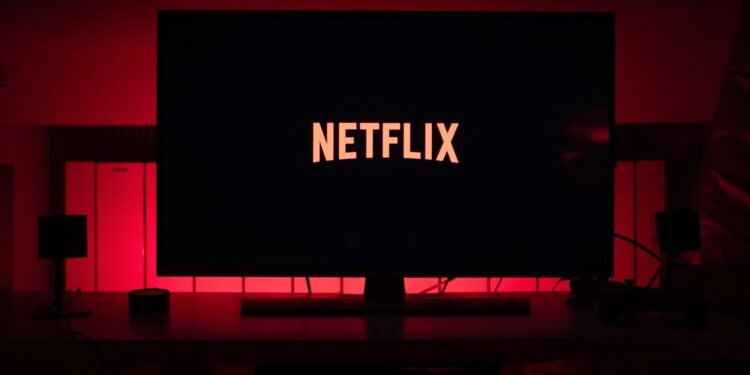Netflix reported its first earnings since Disney+ arrived to compete.
Netflix grew knowing what it’s like to battle the likes of Amazon, Hulu and Youtube, but no challenge seemed scarier than that of the arrival of Disney+, the Walt Disney streaming competitor that aimed to rock the growing industry.
In December, analysts estimated Disney+ (which got nearly 10 million signups on Day 1) stole over 1 million subscribers from Netflix.
However, despite the constant worries, Netflix added almost 8.8 million paying subscribers in its fourth quarter of 2019, surpassing the 7.6 million it predicted in October, passing its first big test since Apple and Disney launched rival services, holding its ground before new competitors and reaffirming the company’s strong standing in the increasingly crowded world of video streaming. Incredibly, according to Morning Brew, international markets accounted for roughly 95% of net new subscribers in Q4.
According to The Washington Post, the company also reported profit of $587 million on revenue of $5.47 billion, exceeding expectations.
Netflix CEO Reed Hastings acknowledged the increased competition in a call following earnings, saying he believes the services are mostly capturing new viewers who are transitioning from traditional TV watching. “It takes away a little bit from us,” he said of the Disney Plus launch. “But again, most of the growth in the future is coming out of linear TV.”
2019: Biggest spending for content
Between October and December 2019, Statista reports, Netflix added just 420,000 paid subscribers in the United States vs. its own guidance of 600,000. Thankfully international growth more than made up for the shortfall, as the company exceeded its target by 1.3 million subscribers outside the U.S. (8.3 million new subscribers vs. 7.0 million projected).
During last year, Netflix spent more than $14.6 billion in cash on streaming content. Add to that $4.4 billion in content payments due within the next 12 months and another $3.3 billion due in more than a year, and it becomes clear why the company’s shareholders are itching for new subscribers.












